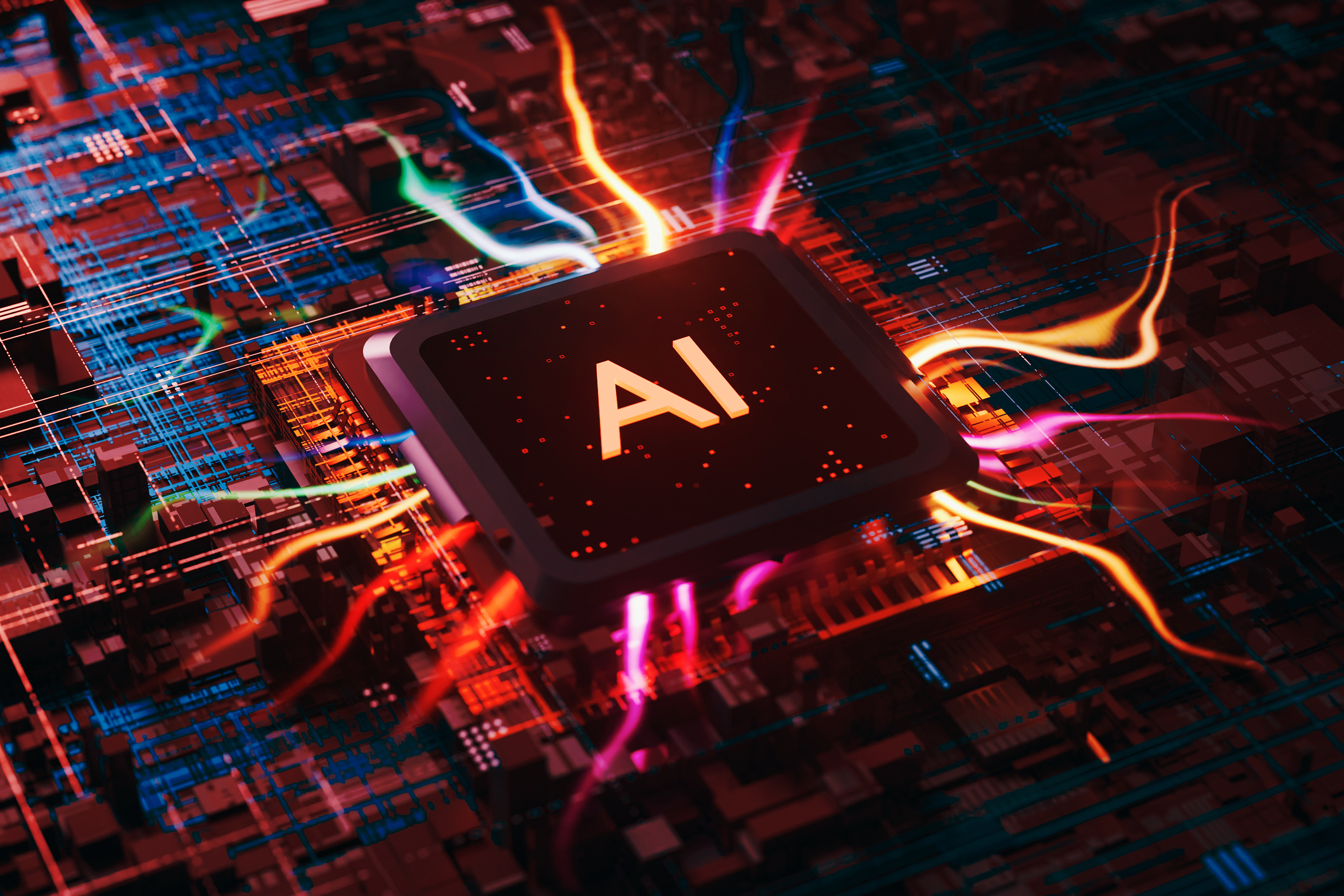How much is AI changing the landscape of the internet as we know it? According to the dead internet theory, it could take a drastic toll.
In a previous blog, I discussed the dead internet theory in detail, including its origins and legitimacy. In short, it is a conspiracy theory that proposes that the internet has slowly become more bots and auto-generated content than human activity. The supposed date of the internet’s death was sometime around 2016 or 2017.
While it’s true that bot activity has been rampant on social media for years (and seems to be impossible to stop), the dead internet theory has been getting a lot of attention lately in the wake of the recent AI boom. In particular, the release of ChatGPT in late 2022 and the explosion of AI image generators like Midjourney or DALL-E have created a whirlwind of new content possibilities. From social media posts, websites, written articles, and videos, AI can completely fabricate content for all parts of the web. The people using the web are starting to notice, raising concerns about the authenticity and reliability of the content they encounter.
In the past few years, Facebook has been filled with hundreds of pages that post AI-generated images that rack up thousands of comments, likes, and reactions. While some of the fake images are more subtle, the most recent and absurdist examples to go viral are strange depictions of Jesus surrounded by shrimp, shellfish, and other sea creatures. It needs to be clarified how many of the comments and likes are from real people, if any. The interactions left on these types of posts are suspected to also be largely bot activity, creating an unsettling AI-generated feedback loop of posts and engagement. This phenomenon underscores the growing influence of AI on our social media experiences.
In an attempt to understand their motives, the Stanford Internet Observatory studied 120 Facebook pages that used AI-generated images. They wrote that, “AI-generated content appears to be a boon for spam and scam actors because the images are easy to generate, often visually sensational, and attract engagement.” This finding highlights the potential for AI-generated content to be used for nefarious purposes, making it easier for scammers to deceive unsuspecting individuals. It’s likely that these fake accounts are trying to falsely boost engagement to seem more legitimate to those with an untrained eye, which can make scamming people easier.
Of course, the influence of AI is not limited to just Facebook or social media. Even Google, the most-used search engine in the world, needs help with the influx of AI images. Last year, there was a period where the top image result for the famous Hawaiian singer Israel Kamakawiwo Ole was an AI-generated one. In recent months, artists have complained online that finding reference images or historical art via Google is also becoming exceedingly difficult. Users are frustrated by the misinformation and need more transparency or regulation around AI images.
Is the dead internet theory now a reality? As the Guardian put it, “[T]he theory wasn’t wrong—it was just too soon.” If the internet wasn’t dead before the mainstream introduction of AI, it seems to have one foot in the grave now that it’s hit its stride.
